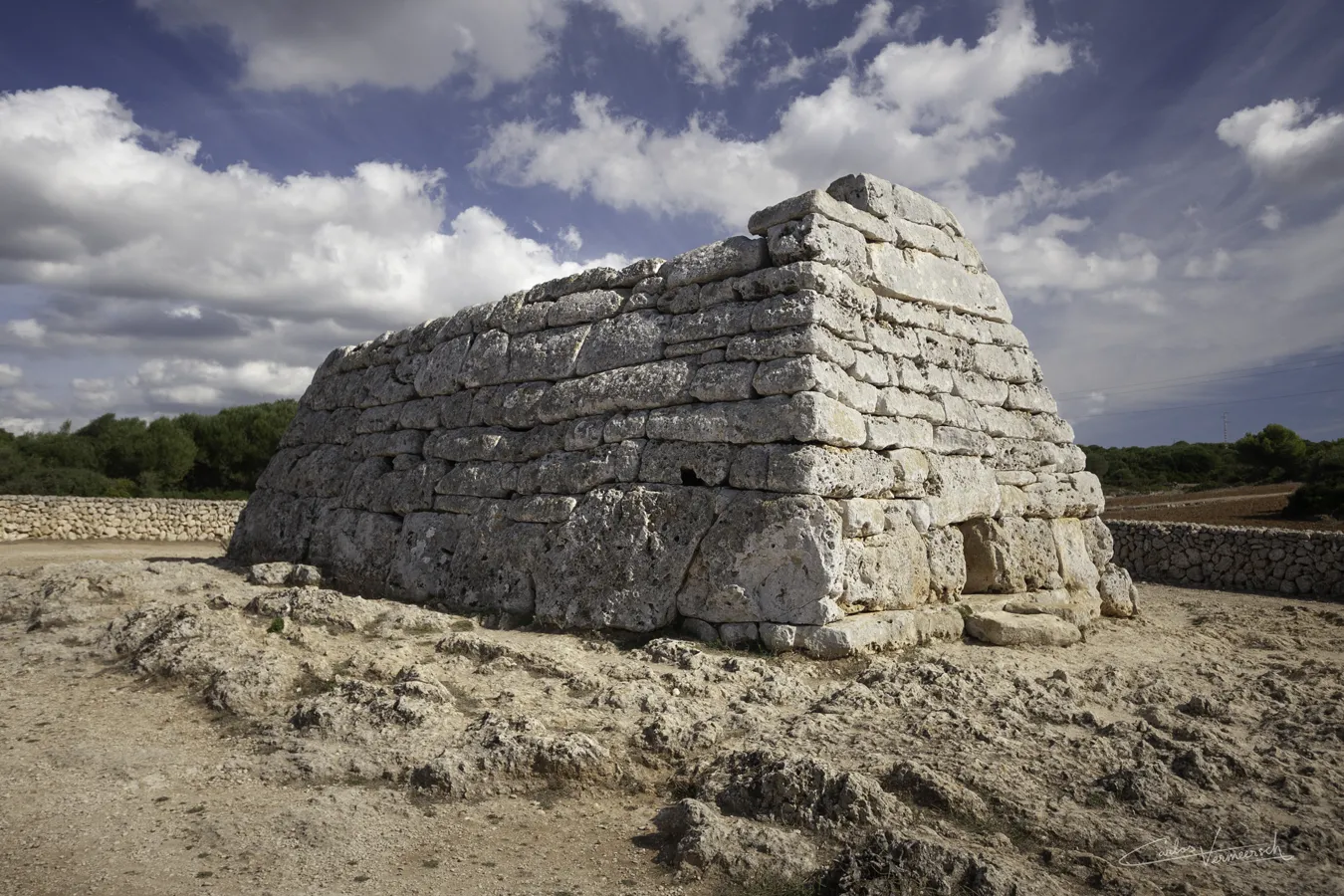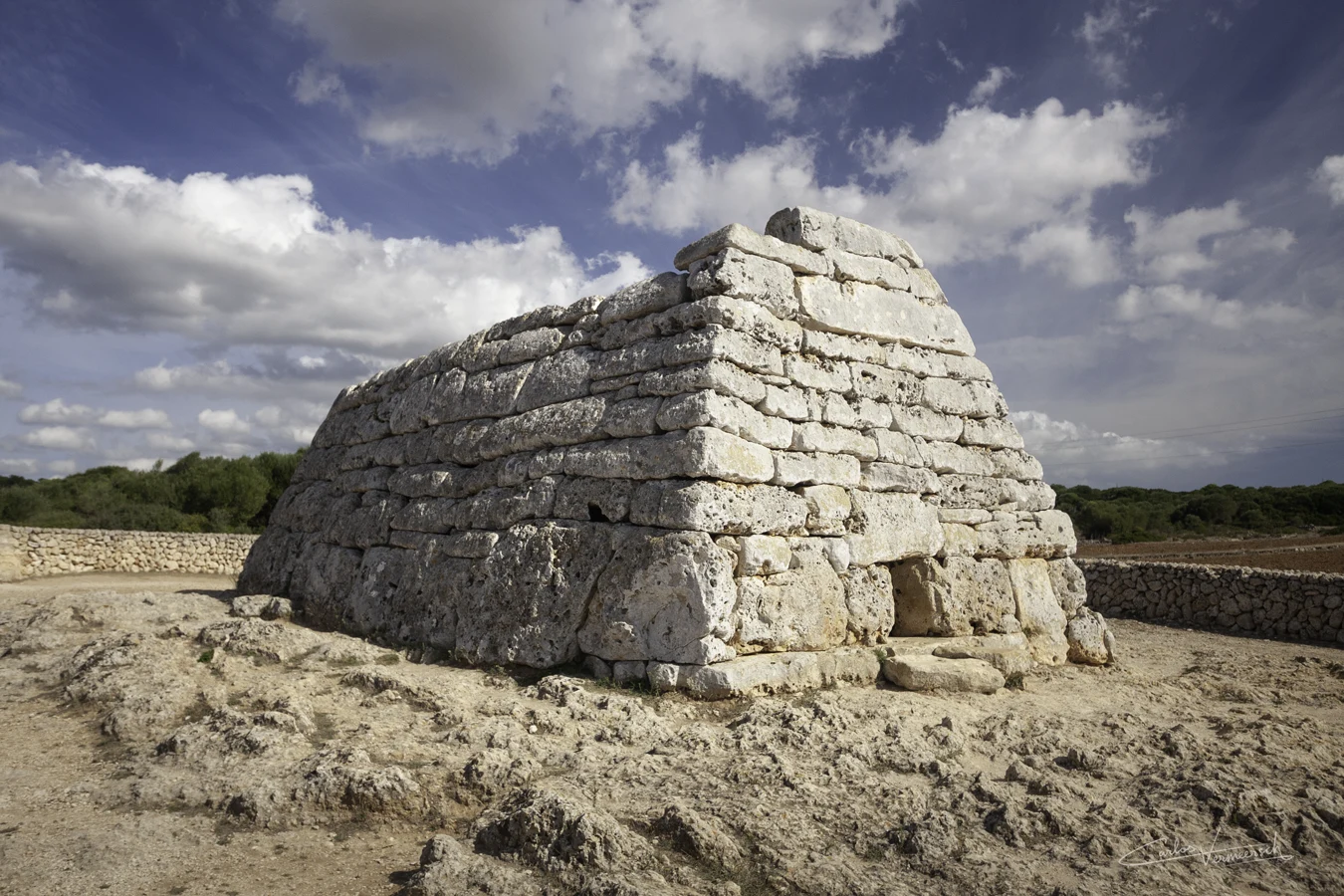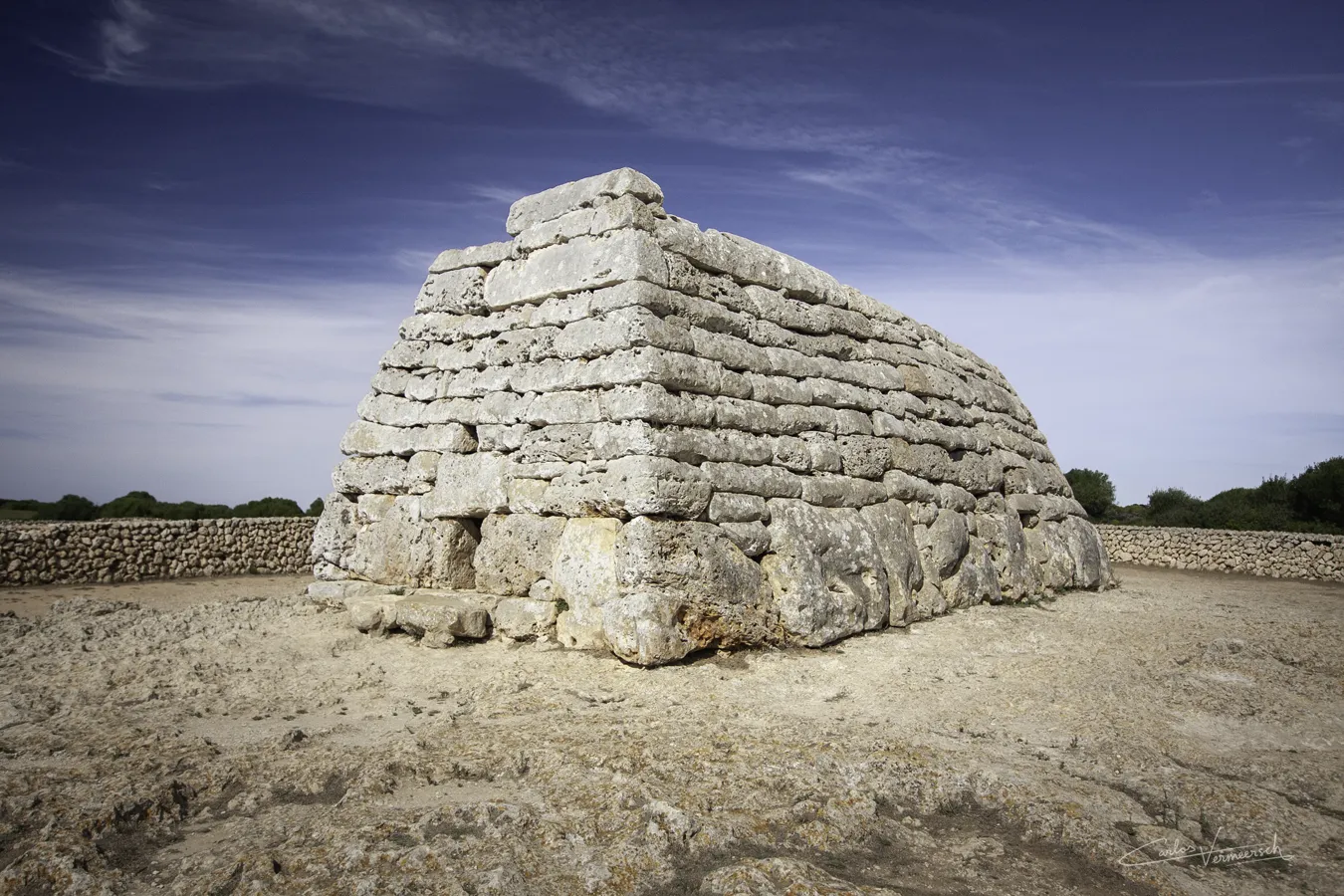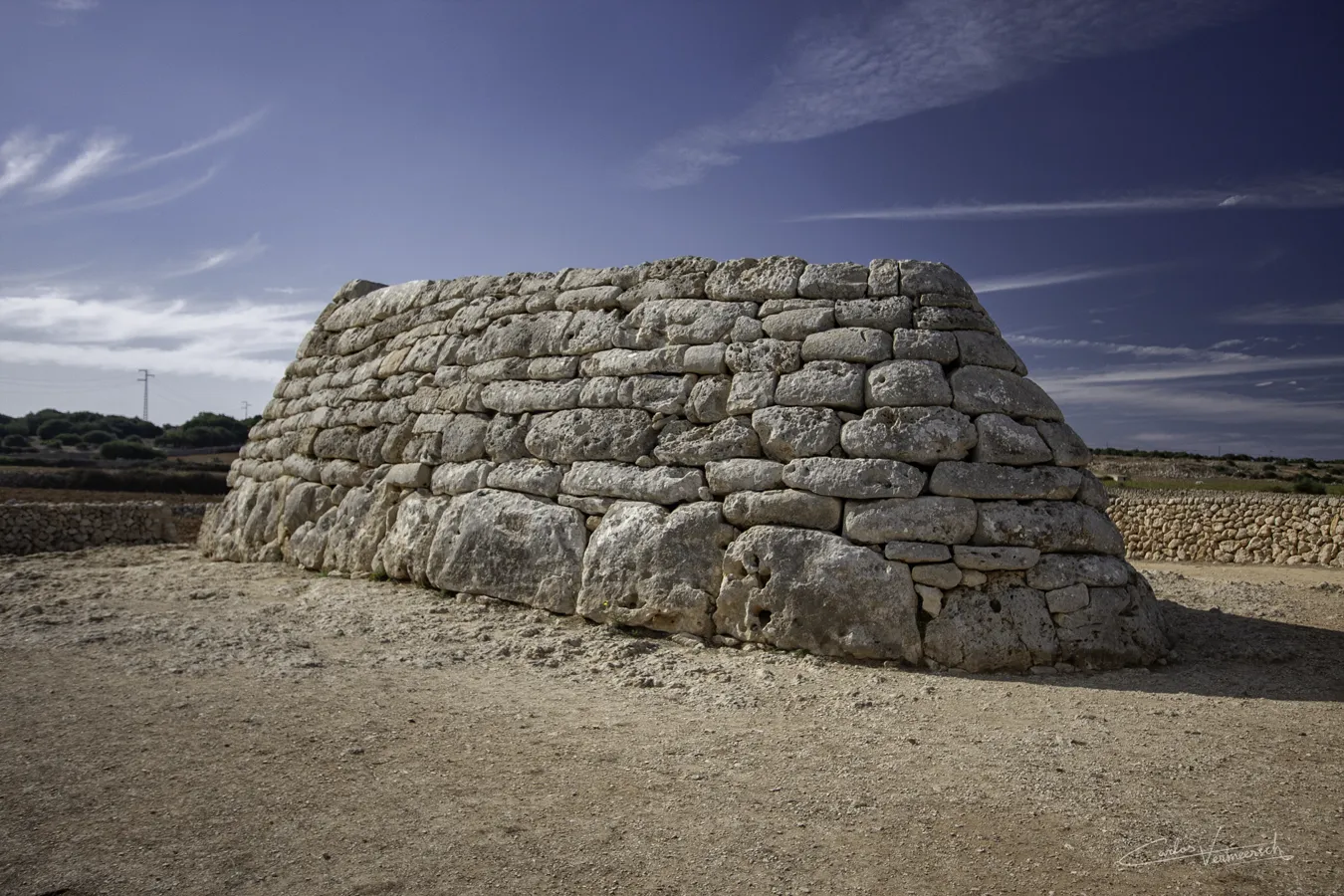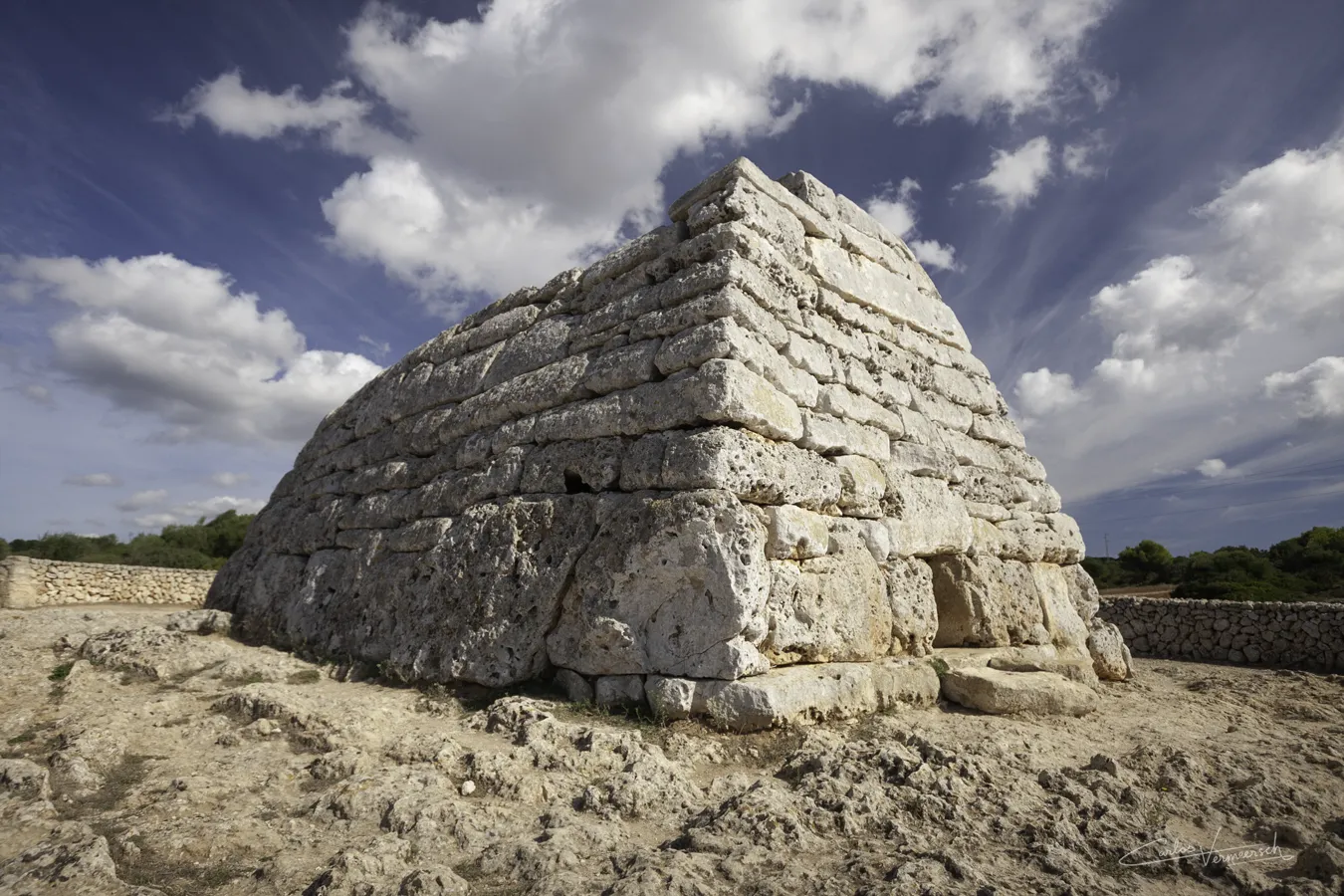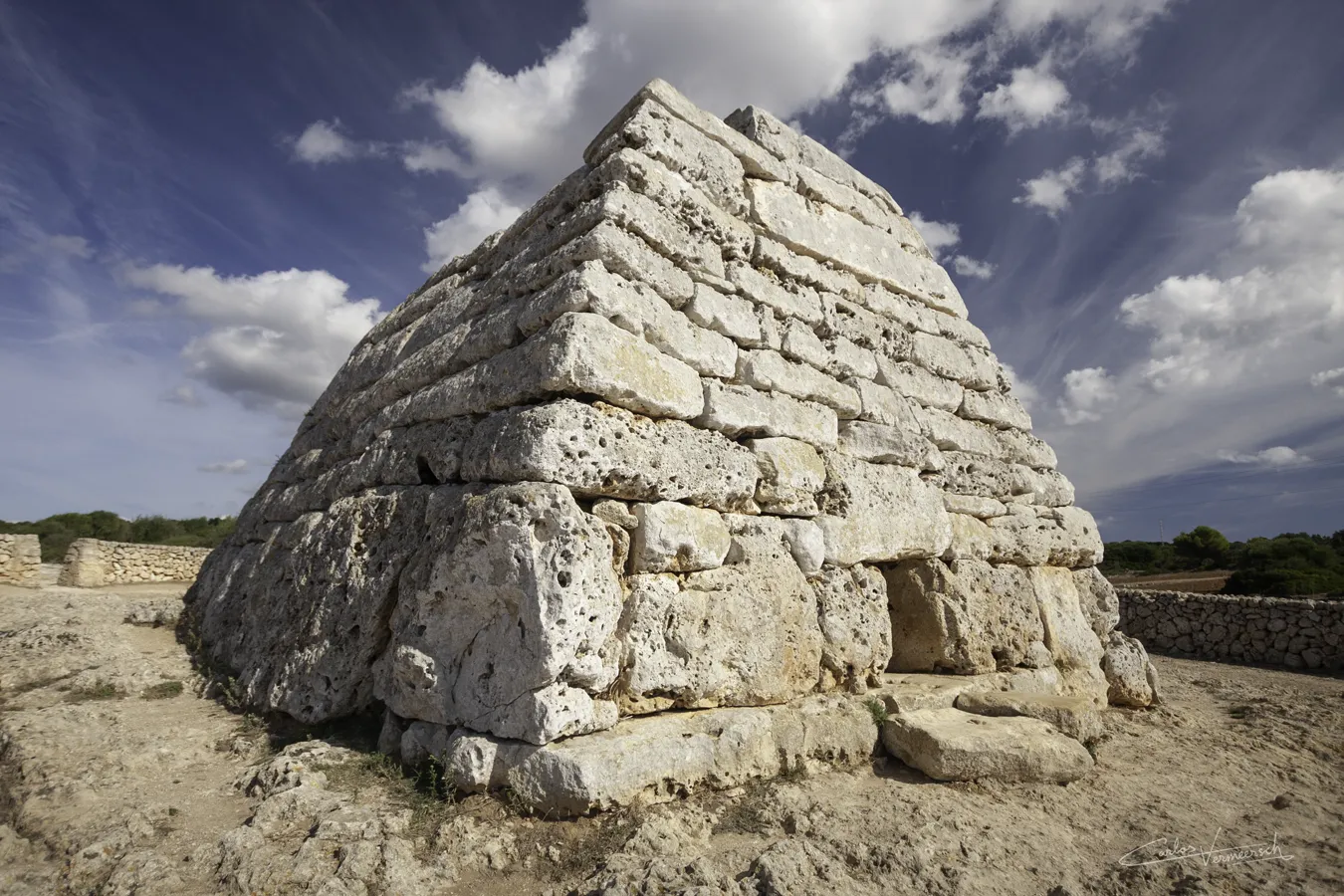Naveta des Tudons
- Carlos Vermeersch
- Feb 5, 2018
- 2 min read
Updated: Apr 6
The naveta
Chronology
Talaiotic I (1400-1000 BC) — Talaiotic II (1000-800 BC)
Dimensions
Structure: 13.5 m (length) × 6.4 m (width)
Lower chamber: 7.5 m (length) × 2.5 m (width) × 2.3 m (height)
Upper chamber: 7.1 m (length) × 1.9 m (width) × 0.9 m (height)
Corridor: 1.4 m (length) × 1.3 m (width)
The Naveta des Tudons is the most famous megalithic chamber tomb in Menorca, and the most emblematic monument of Balearic prehistory. To date, it is considered the oldest integrally conserved ancient monument of all of Europe.
It is a late type naveta that was built during the Proto-talaiotic period, in 1200 BC, and used until 750 BC. It served as a collective tomb which contained, when it was discovered in 1975, at least 100 men and different objects like bronze bracelets or bone and ceramic buttons. It lacks a perforated slab, as opposed to the navetas from Rafal Rubí. Its walls are filled with rubble and consist of massive stones placed together withough mortar (cyclopean masonry). Inside there are 2 different chambers; the small access leads to a narrow passageway that connects with an upper chamber and to a second door, which leads to the lower chamber. The intermediate floor and the roof are built with large slabs that act as supporting beams.
The legend says that two brothers were competing for the love of a girl. To decide who would be the chosen one, they started a construction, and the first one to finish it would marry the girl. One of them decided to build the naveta and the other one a well. The time run and when the last stone was about to be placed on the naveta, the other brother shouted: "Water, water!". Then, in anger, the brother building the naveta threw the last stone of the façade into the well, killing his brother. Feeling remorse for what he had done, he comitted suicide. It is said that the girl died alone and was buried in the naveta.
